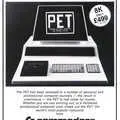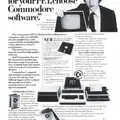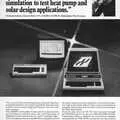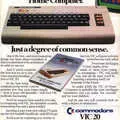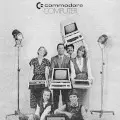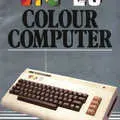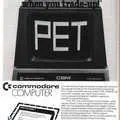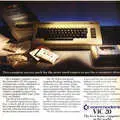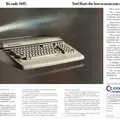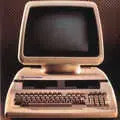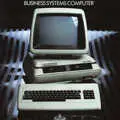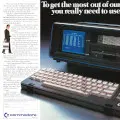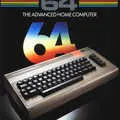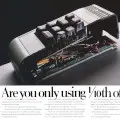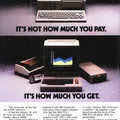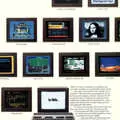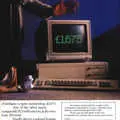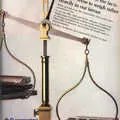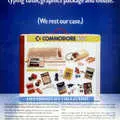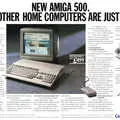
Commodore Advert - September 1981
From Computing Today
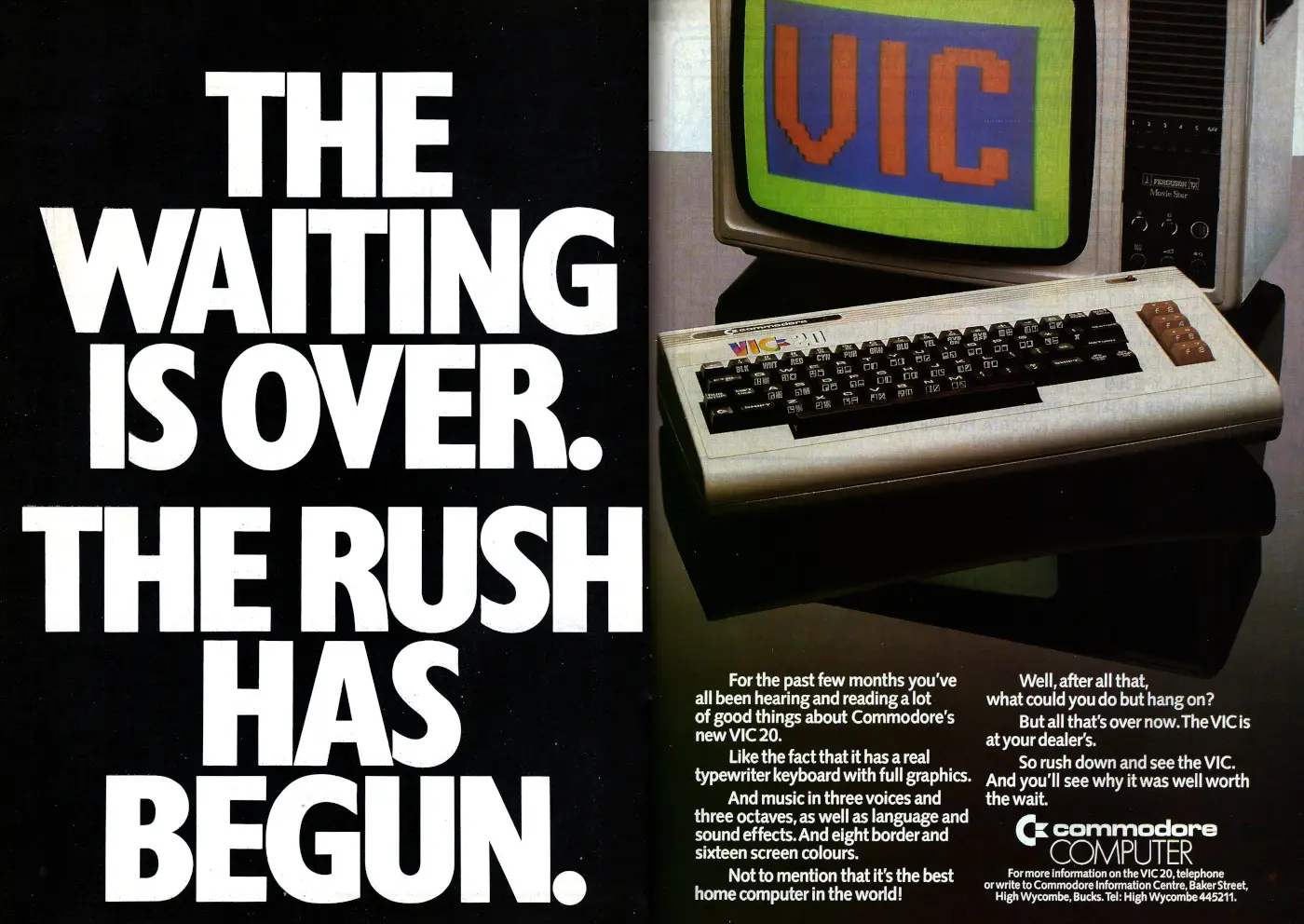
VIC-20: The Waiting is Over. The Rush has Begun
This is the advert that formally kicked off Commodore's launch campaign in the UK for the VIC-20 - the 6502-based colour computer which became the first ever to sell a million units, going on to sell around 2.5 million before being discontinued in 1985, and which is credited as creating the home-computer market in the US[1].
The VIC-20 was more-or-less a colour version of 1977's Commodore PET and was relatively under-specified - even for 1981 when it was launched in the UK (it had been launched first in Japan in 1980, where it sold as the VIC-1001). However, it did have the improved version of the PET's 6502 processor in the form of the 6502A, making it somewhat faster.
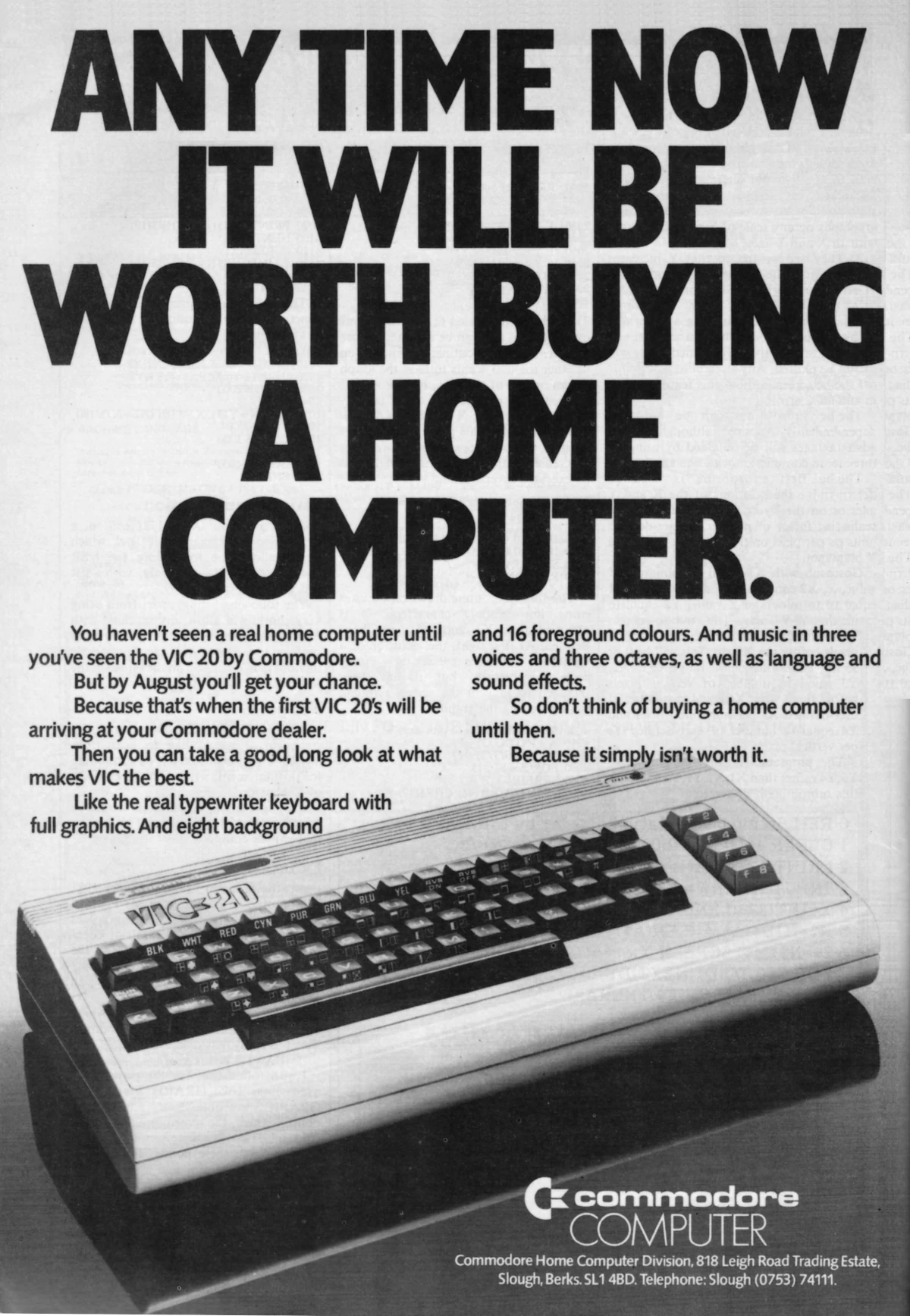
A pre-launch VIC-20 teaser advert, which appeared just a month before the machine's UK launch in August 1981's Practical Computing
Work on a machine to follow up the PET had started in 1979, when Chuck Peddle and Bill Seiler began work on a project known as TOI - or The Other Intellect.
Peddle wanted TOI to be more like a Colour PET, so it would require an 80-column chip, which was not only more expensive to produce but also ruled out using a television for its display.
However, Commodore founder Jack Tramiel wanted to create a computer "for the masses, not the classes", aimed at users that weren't already hobbyists or computer enthusiasts.
This idea was then floated at a meeting of general managers held outside London in April 1980, but initially only Tony Tokai of Commodore Japan, Kit Spencer - the legendary marketing head of Commodore UK - and newly-hired marketing strategist Michael Tomczyk supported the concept.
Most of the other managers considered the idea something of a joke, with some even suggesting that if the company did make them, it could give them away with sales of Commodore's "proper" computers as a sales gimmick.
Meanwhile, east-coast Commodore engineer Bob Yannes had been working on the design for a small colour computer in his own time.
When Tramiel decided that he wanted to show something at Chicago CES, and because TOI was as yet unfinished, Yannes spent a week of all-nighters putting together a working machine - codenamed Vixen - that could be demonstrated, along with help from his boss Charlie Winterble, and Al Charpentier[2].
The end result - dubbed the MicroPET - used the original PET's chiclet keyboard and was stuffed into a large calculator casing.
In the meantime, over on the West Coast, fellow engineers Bill Seiler and John Feagans - who had created the kernal for the original Commodore PET - had got wind of Yannes's prototype and had created their own - against the wishes of their boss Chuck Peddle, who was opposed to any work being done on small computers to the detriment of Commodore's business line.
Although the home computer concept machine was eventually not announced at CES, it was teased to the trade by holding small demonstrations to a few key people inside a tinted-glass booth, so just enough could be seen by people on the outside to arouse interest.
After significant re-design in order to reduce costs and turn it into an actually-useful micro, the eventually-released machine would become the VIC-20 - the first ever home computer available for less than $300. As Tramiel apparently said at the time:
"We have to be a mass-market company. I want to bring down the price of computers like we did with calculators. It means we have to sell more volume and make less money. But we're spoiled - we have to learn to live on a diet[3]".
Some of VIC's limitations were as a result of Commodore's re-use of stockpiled components. These included a large stash of tiny 1Kbit SRAM chips, and so the VIC ended up with not much memory as a result - as having more memory would need too many chips, and so it would have been more expensive.
Meanwhile, the Video Interface Chip which gave the machine its name was also a result of re-purposing. The chips had originally been demonstrated in 1978 for potential use in games machines or as a general-purpose display driver, but never found a market.
Of the 5K RAM it did have on board, 1.5K was used by the system leaving just 3,583 bytes for the programmer.
Memory expansion in the form of plug-in cartridges was available, and even without it was surprising what could be made to fit in such limited memory - although with no room for a machine-code monitor, this was only possible by writing in raw machine code.
On the plus side, the machine had four-voice sound, good expansion potential, full colour, and bit-addressable graphics.
It also had a killer feature: a full-sized professional-quality keyboard, at a time when the competition, or at least those few machines even remotely near the VIC's price, were using membrane, calculator-style or chiclet keyboards. Reviewing it in May 1981's Byte, Gregg Williams even wrote that it was:
"the equal of any personal-computer keyboard in both appearance and performance. This is a remarkable achievement, almost unbelievable considering the price of the entire unit[4]".
The VIC-20 retailed for £199 (about £1,060 in 2025 money) when it was released in the UK, which was over twice that of a ZX81, however its colour and real keyboard made it a popular machine.
By the end of its life, hundreds of cassette and cartridge titles were available for it, and a five-year production run for the same design, barring an improved keyboard and some motherboard re-engineering - including nearly three years of which overlapped with the Commodore 64 - was an impressive-enough feat at the time.
The launch of the VIC in Europe was not without its problems. Commodore's dealers had got together with a coordinated marketing campaign around the new machine, but when customers started arriving in the shops there were no machines to be had.
It was rumoured that the delay was due to the fact that the VIC's power-supply socket was too similar to the shaver sockets found in German hotels, which was considered to be unacceptable for machine built in Germany.
The power supply of the early VICs also contained a flaw and, although "only a few dozen" had got further than the dealers before the problem was discovered, Commodore nevertheless recalled the first batch of VIC-20s so that the faulty components could be replaced[5].
Germany was also implicated in slow delivery of the VIC - known there as the Volks Computer, on account of Vic being close to the German word for Onanism - where apparently one of the many explanations floating around for delays was "the mysterious loss of a lorry-load of VIC chips en route to the West German factory"[6].
Date created: 01 July 2012
Last updated: 13 July 2025
Hint: use left and right cursor keys to navigate between adverts.
Sources
Text and otherwise-uncredited photos © nosher.net 2025. Dollar/GBP conversions, where used, assume $1.50 to £1. "Now" prices are calculated dynamically using average RPI per year.


